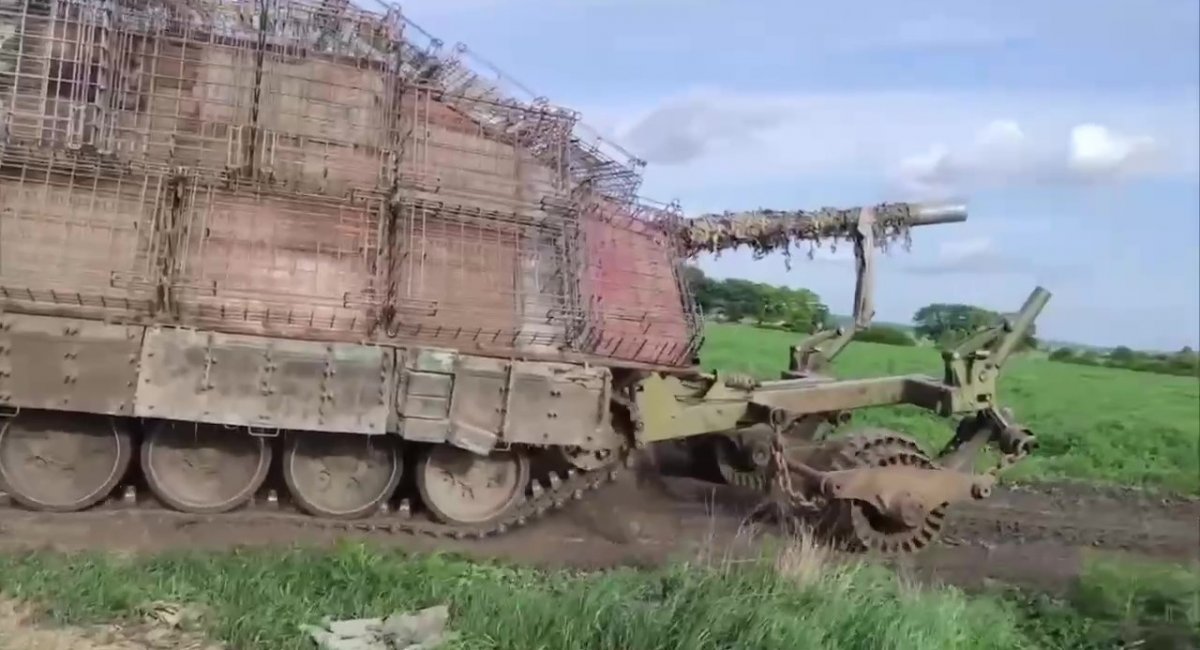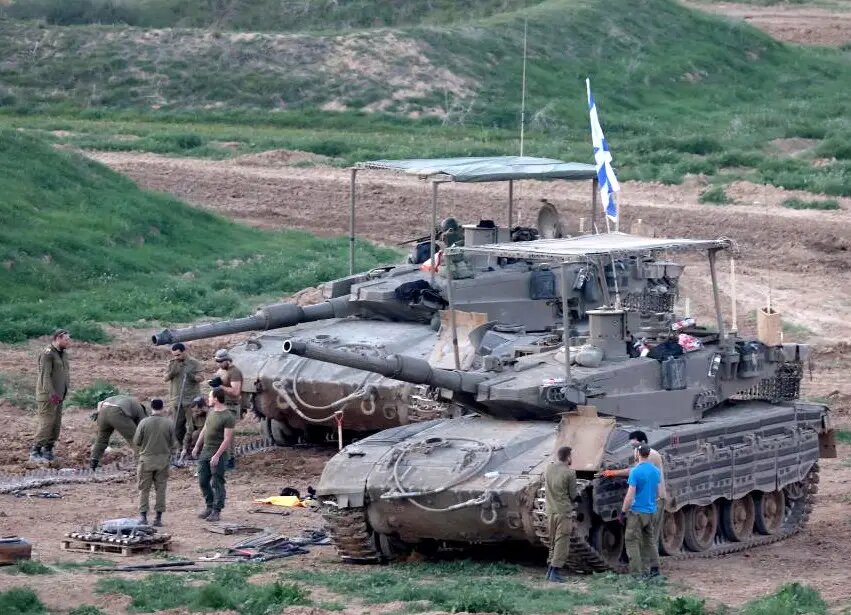Slat Armor Rage Doesn’t Mean Tanks Have No Longer Place in Modern War
Effectiveness of the main battle tank on the modern battlefield became the focal point of discussion in a new Military Balance Blog post from the International Institute for Strategic Studies (IISS). The general message here is that even despite the catastrophic losses in armored vehicles suffered by the russian army during the full-scale war against Ukraine, there is still a place for the tank as a type of weapon in contemporary warfare. However, the methods of protection and the tactics of MBT application must be improved, taking into account modern realities.
At first glance, the discourse seems to be purely theoretical. On the other hand, this article will become one of the “bricks” that will later form the foundation for an updated doctrine for the use of existing and the design of future tanks in Western countries.

The arguments given in the IISS blog are as follows. If we take only the visually confirmed losses, even then it turns out that the russian armed forces have lost 8,000 armored vehicles throughout its war campaign against Ukraine, including 3,000 MBTs — as many MBTs as they had at the beginning, sustained by constant replenishments with restored tanks from storage.
At the same time, IISS notes, the Western tanks transferred to Ukraine on the eve of the Ukrainian counteroffensive in 2023 also did not live up to the expectations placed on them, due to objective changes on the battlefield, for example, a high level of saturation of the enemy’s battle units with anti-tank weapons.
And on the third hand, IISS reminds that the current war of the russian federation against Ukraine is by no means the only one that ended in a literal disaster for tanks on the battlefield. One example is Saudi Arabia which lost as many as 20 Abrams tanks in the battles against the Yemeni Houthis; or the Nagorno-Karabakh war in 2020, which became the “precursor” of the drones’ dominance over the MBTs.

In spite of that, IISS is quite optimistic about the MBT future, as it provides a few takeaways from Israel Defense Forces’ tank operations during the current hostilities in the Gaza Strip. At first, Israeli military was struggling to deal with Hamas militants who got used to operating drones carrying simple explosives to drop onto Merkava tanks, resulting in significant losses on the IDF side.
Yet, after recovering from the first defeats, the Israelis found their unique countermeasures, for instance, they started to weld slat armor cages on the same Merkava, just like both the russians and Ukrainians do. By now, the effectiveness of Israel’s tank operations in Gaza have improved to the point they can be called successful, the IISS summarizes.

